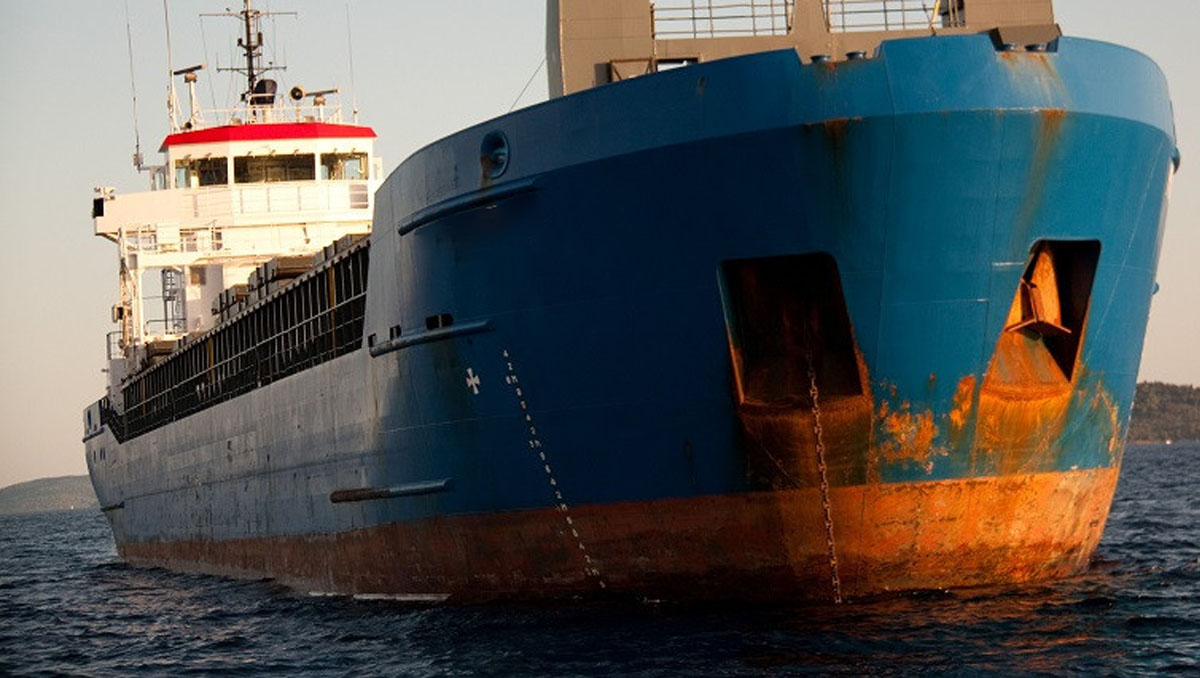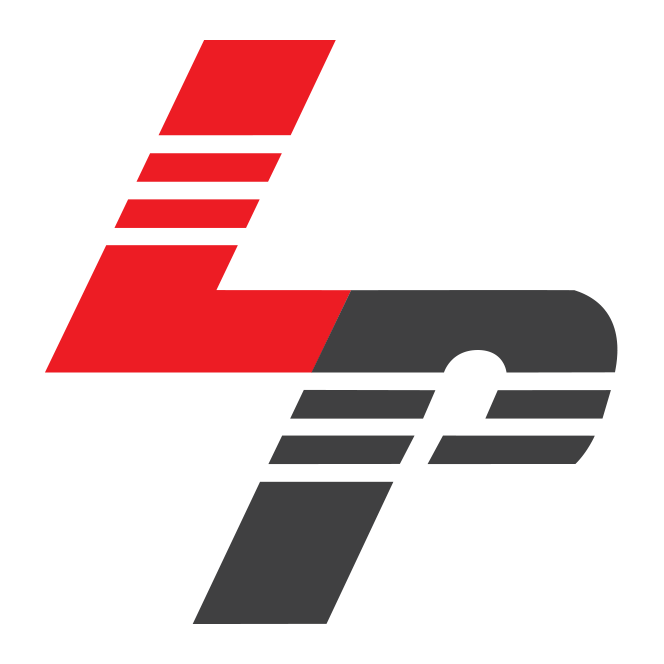
Modern Laser Cleaning Techniques
For centuries, the techniques and equipment used for surface cleaning or renewal in industrial applications have remained the same. Yet the demand for improvements has grown in recent years. Laser technology is now replacing conventional abrasive and chemical processes in many applications, such as rust removal, paint removal, degreasing, activation, restoration, pre and post-welding joint cleaning, surface preparation, decontamination, and rejuvenation. As a cleaning technique, lasers are growing in popularity because they are precise, controllable, and efficient, and they generate low waste. Additionally, low waste and high efficiency are the primary reasons that laser cleaning is now considered the “greenest” or most environmentally friendly approach to surface cleaning. The only waste created is dust particles, which can be easily collected and removed.
Laser cleaning uses a focused beam of light to remove contaminants
The term “ablation” denotes the processes of removing material from surfaces and is accompanied by a shock wave that propagates outward, affecting surrounding surfaces. The laser’s energy is absorbed by the surface material, which results in the production of a plasma plume of ablation products. Various theoretical approaches have been developed to describe the ablation process, and a number of studies have been performed to measure ablation parameters at different conditions. Ablation thresholds have also been measured for a variety of metals ranging from 0.1 to 10 J/sq cm, and these values have been found to be dependent on the laser beam wavelength and pulse duration2. The ablation rate, or the amount of material being removed, is proportional to the logarithm of a laser’s power. The efficiency of the laser beam absorption depends on the material reflectivity, the quality of the surface, and the properties of the contaminant on the surface.

When materials are processed with a laser beam, their surface properties can change. In some applications, a surface must remain fine-polished, while in others, the surface needs to be rough. Therefore, for a successful finish, laser cleaning techniques should take into account the properties of both the material being cleaned and the quality of the material surface, and the properties of the contaminant on the surface to be removed.
Laser Cleaning is a material processing method that uses light to remove contaminants such as rust, paint, grease, oxide, coating, and much more from the surface of most materials while contained in long-lasting, “press and play” machinery. Materials most commonly receptive to this process are made of steel, aluminum, plastic, and glass. In general, laser cleaning is a modern technology that aims to solve many material processing challenges encountered when a unique quality of a surface is required.

